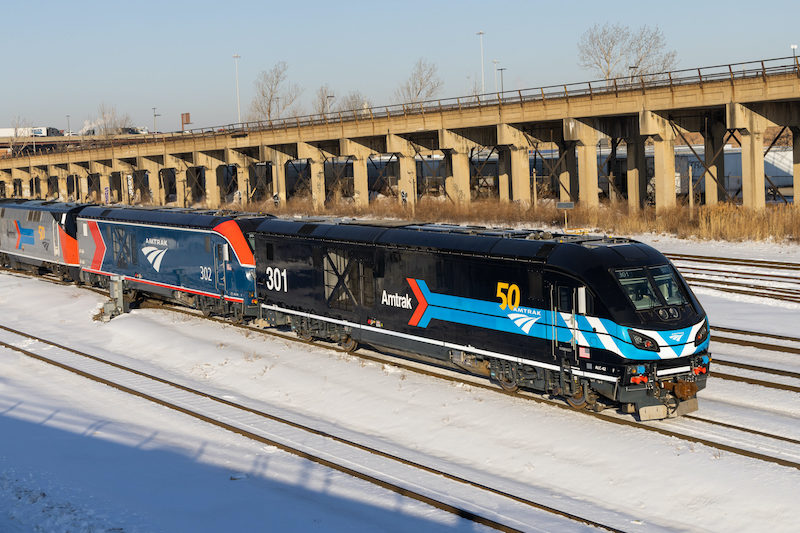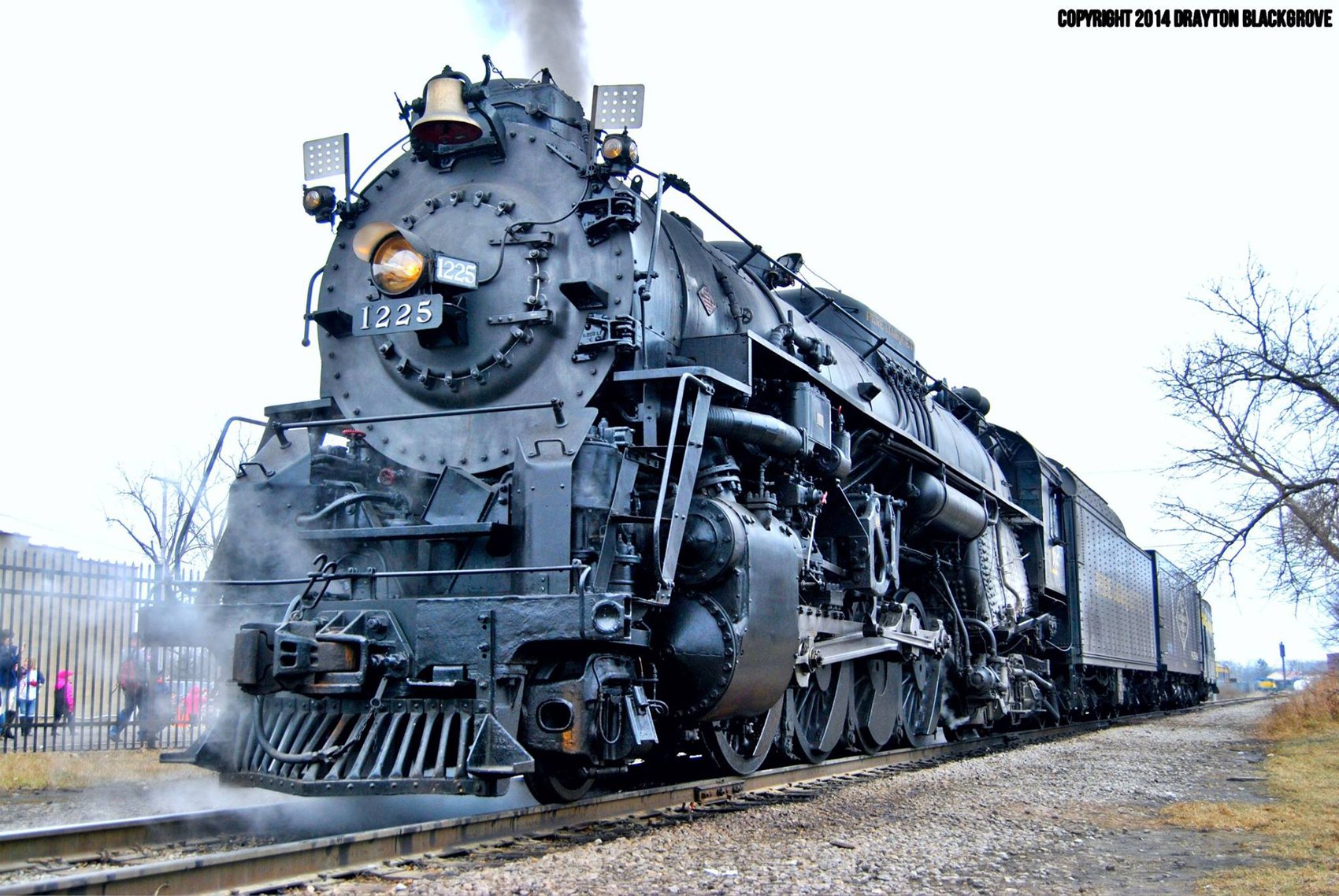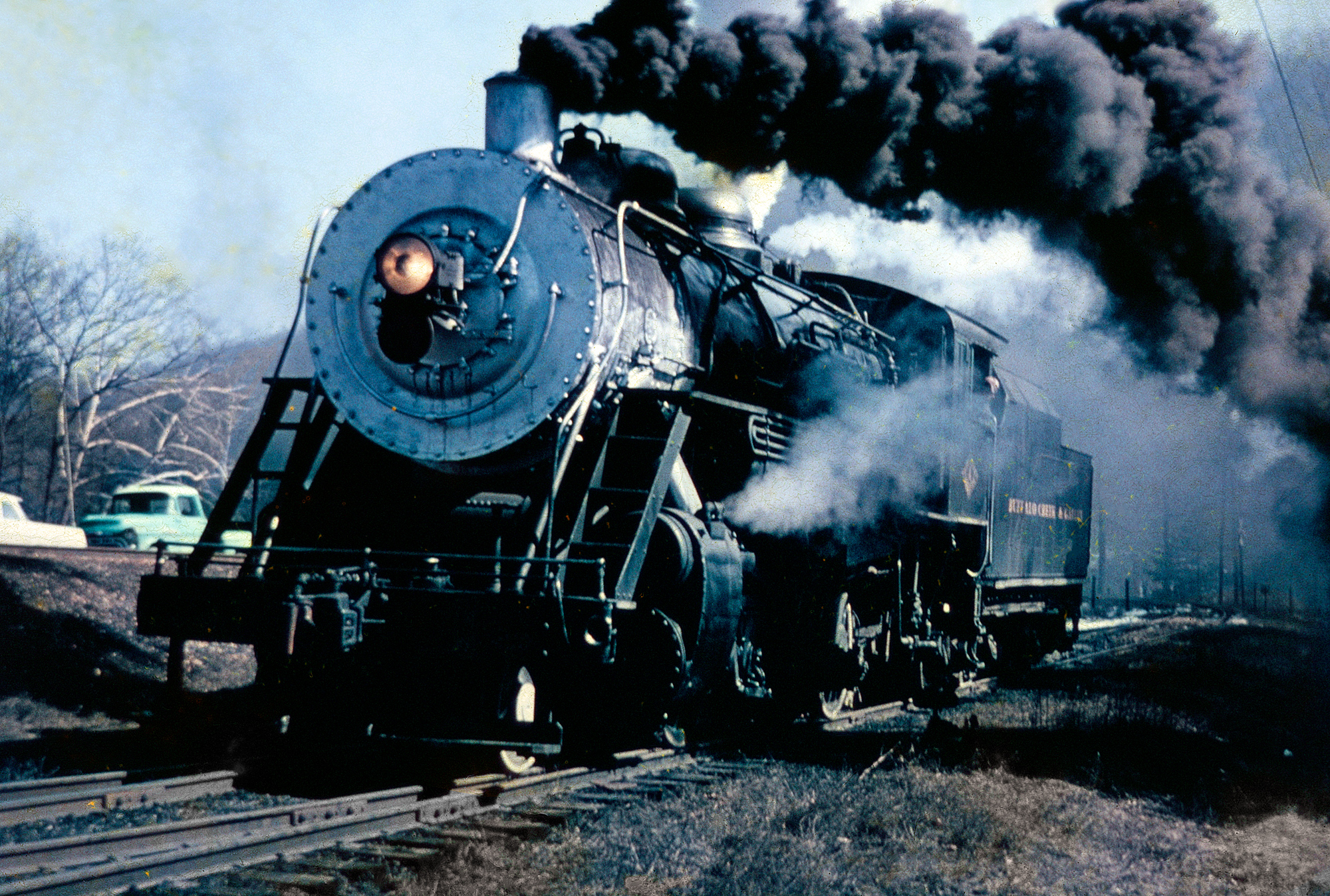The MLW RS-18 was mechanically the Canadian version of an Alco RS-11, although the carbody was actually different. In the early years of MLW diesel production, they were identical to Alco products. MLW produced the S1, S2, S3, and S4 switchers, the RS-1, RS-2, RSC-3, and RS-3 road switchers, and the FA and FPA cab units. Canadian railroads didn't care for A1A-truck twin-engine passenger units, with even EMD's E-units only selling 3 E8s to Canadian Pacific, and so there were never any MLW PA-1s or PA-2s produced.
In 1954, MLW and Alco model lines started to diverge when MLW introduced the RS-10. This was essentially an RS-3 running gear (1600hp 244 V12) in a new carbody which was closer in appearance to a Fairbanks-Morse product, with tall long and short hoods that had a domed top and number boards that were affixed at an angle. They did not have the hood notches that characterized later Alco/MLW products.

Then in 1956, while Alco introduced the RS-11 in the US, MLW instead introduced the RS-18. Similar to the RS-11, it was 4-axle road switcher with an 1800hp 251 V12, and it also offered tall and low front hoods along with a choice of Long Hood Forward or Short Hood Forward options. But, unlike the RS-11 with the boxier carbody with notched hood ends, the RS-18 had the domed roof line and running boards mounted at an angle. Canadian Pacific and Canadian National ordered all of their RS-18s with high hoods, but while CN preferred them configured to run Long Hood Forward, CP ordered theirs to run Short Hood Forward. Other customers, like Pacific Great Eastern, Roberval & Saguenay, and Cartier Mining ordered theirs with the low front hood, which gave them a look similar to the later C420s.


Canadian Pacific later ran a bunch of their RS-18s through the shop (can't find an exact date) and chopped the nose down and called the resulting machine an RS-18u. At first blush, it looks exactly like a factory low-nose RS-18, but there are a few differences. The RS-18u has the numberboards mounted up above the windshield in a V-shaped box that sticks up over the cab roofline, along with the classification lights, instead of down in the hood, the dual headlamps are stacked vertically instead of side-by-side, and it still has the handbrake recessed into the nose.

The MLW lineup continued to diverge from the Alco lineup, with offerings like the 251-powered FPA-4, the RS-23, the RSC-13, the RSC-14, and the RSC-24, only for their product lines to then begin to resemble Alco's once again once the Century series was introduced.
























































